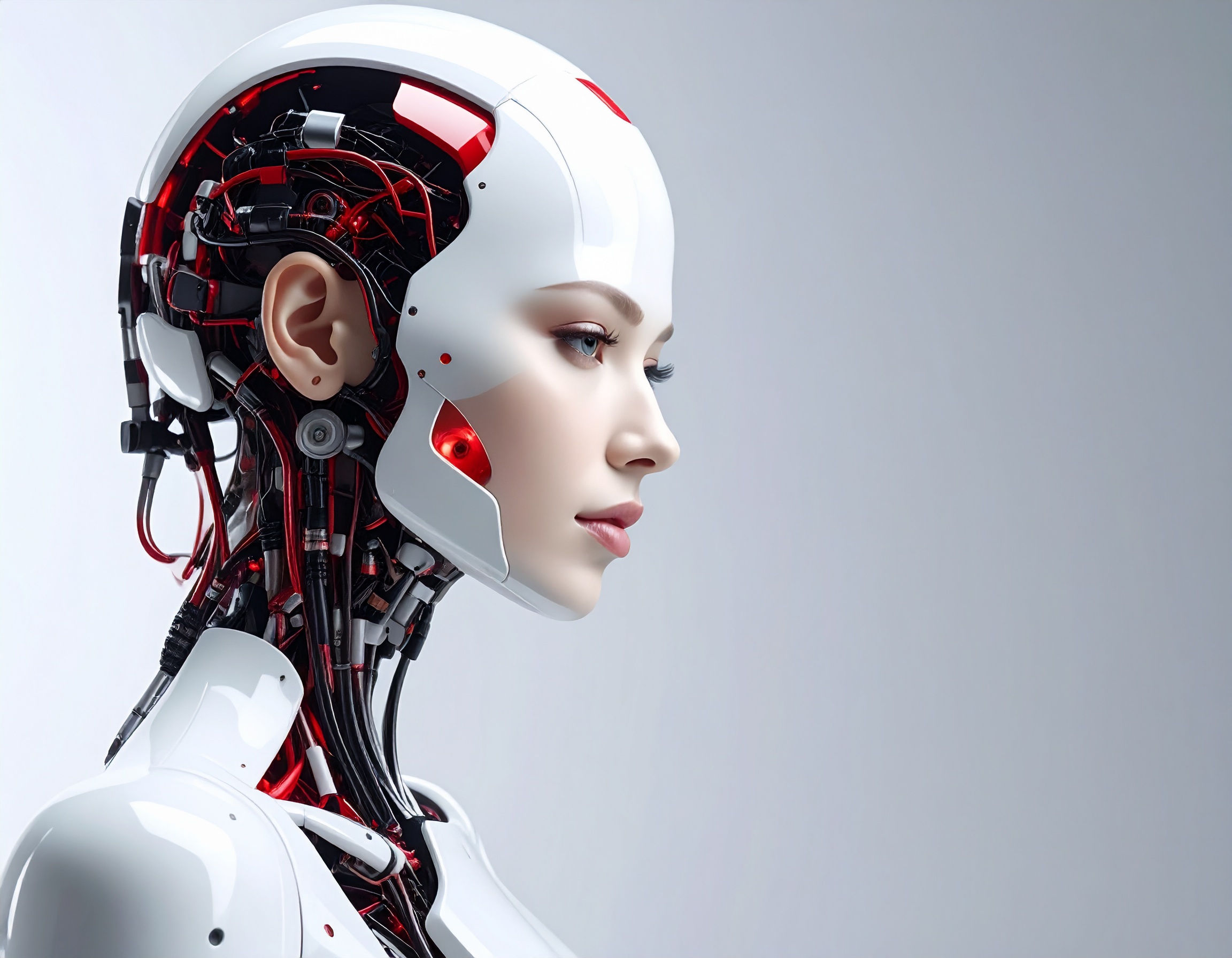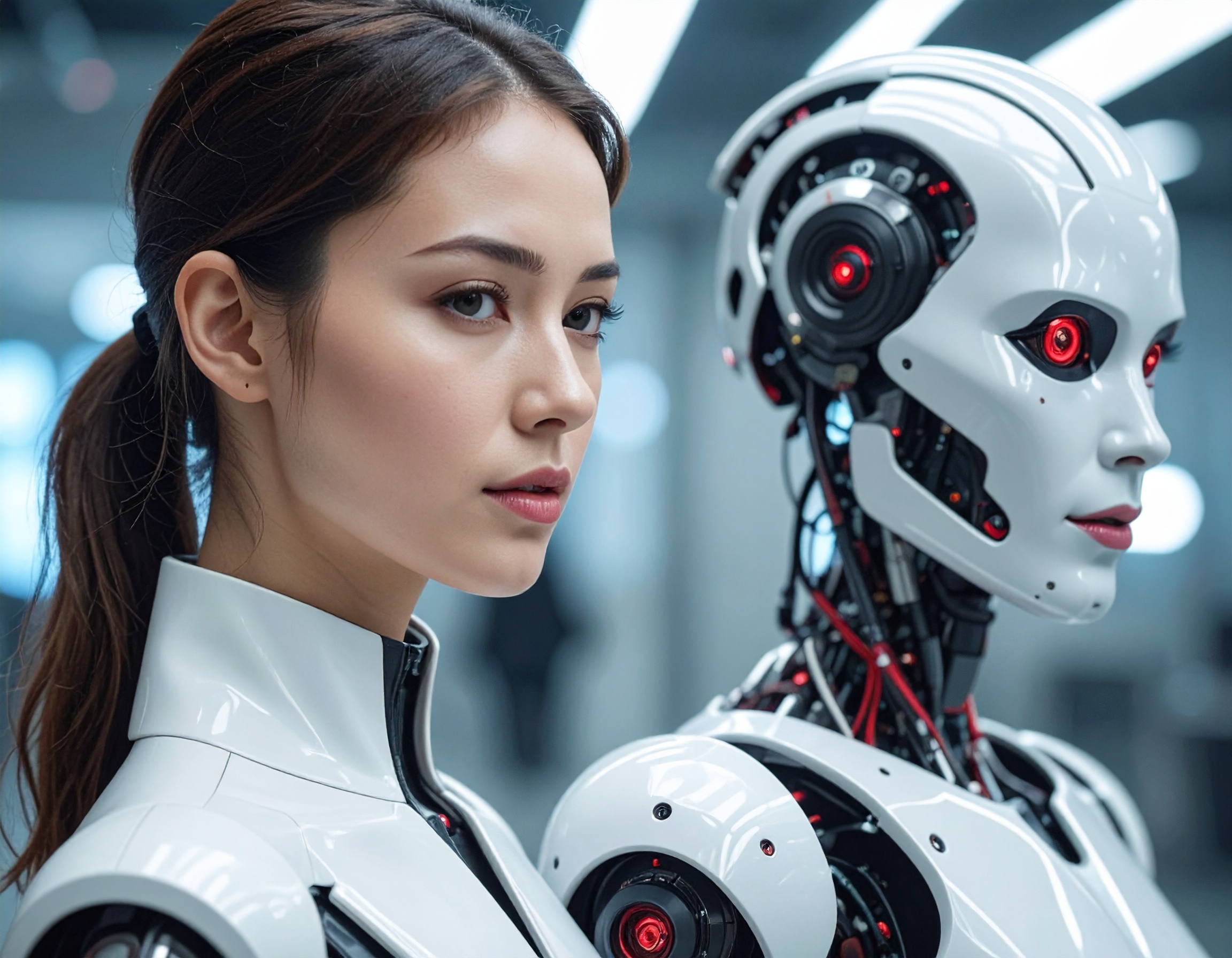Non-Human Workers in Manila: How AI and Offshoring Are Reshaping Philippine Tech Jobs

Rise of the AI-Driven Offshoring Economy
In recent years, the Philippines has become a global hub for offshoring — where foreign companies relocate services to the country. According to a September 2025 study by recruitment firm Robert Walters, the Philippine offshoring industry is projected to reach US $61 billion by 2030 and contribute about 10 % of the country’s GDP, up from around 8.2 % today. This growth is driven by demand for Filipino professionals in IT, data analytics and other high-value services.
At the same time, the country is facing the increasing presence of “non-human workers” — automation, robotics and AI systems that are now being deployed in roles traditionally carried out by humans. A 2025 report warns that about 36 % of the Philippine workforce is highly exposed to AI, and 39 % of those exposed have roles likely to be automated. These shifts mean that even while new opportunities are emerging, many existing jobs—especially repetitive or low-skilled ones—are under pressure.

Inside One Office: “AI Employee” Reality
A vivid example comes from a multi-story office building in Manila’s financial district where about 60 Filipino workers monitor AI-powered robots restocking shelves in Japan. The robots, built by Japanese startup Telexistence, operate on platforms from Nvidia and Microsoft. When a bot drops a can, someone in Manila dons a VR headset and uses joysticks to intervene. Here, the “AI employee” paradigm is clear: humans oversee machines, but machines do much of the direct work.
In the call-centre sector, workers describe being constantly overseen by AI. At firm Concentrix Corporation in Manila, a customer-service agent reported that an AI-driven “co-pilot” monitors his calls, suggests responses, and flags issues like stuttering or long handling times. He said his output (calls per shift) has gone up significantly, and he feels more like a robot than a person. This shift illustrates how Voice AI Agents and algorithmic monitoring are transforming human roles.
Why This Matters
- The offshoring sector remains a major job provider in the Philippines, so shifts in how work is done will have wide-scale impact.
- Automation means some jobs will disappear, while others will change dramatically in what they require (skills, pace, monitoring). In one estimate, 300,000 BPO workers could lose jobs over the next five years, while only about 100,000 new ones may appear.
- Workers are under increased performance pressure: tools intended to help productivity are being used as strict performance monitors.
- The definition of “work” is evolving: human workers now may shift into oversight, training, maintenance of AI/robot systems, rather than traditional service tasks.
- Policy, labour-rights and education systems need to adapt. Reskilling is vital if the workforce is to engage with more complex, resilient roles rather than be displaced.
Key Highlights:
- Philippine offshoring industry projected to hit US $61 billion by 2030; share of GDP could rise to ~10 %.
- Significant share of Philippine jobs (≈36 %) are highly exposed to AI-enabled disruption; many roles have low complementarity with AI.
- Example of robotic shelf-restocking controlled remotely by Filipino workers shows non-human workers becoming integral in operations.
- In BPO/call centre work, Voice AI Agents and AI co-pilots now monitor human agents in real time, increasing workloads and speed expectations.
- The shift underscores a need for workers to move from repetitive tasks into roles requiring higher-value skills, oversight of “AI employees”, and adapt to a new economy.
Reference:
https://restofworld.org/2025/philippines-offshoring-automation-tech-jobs/


